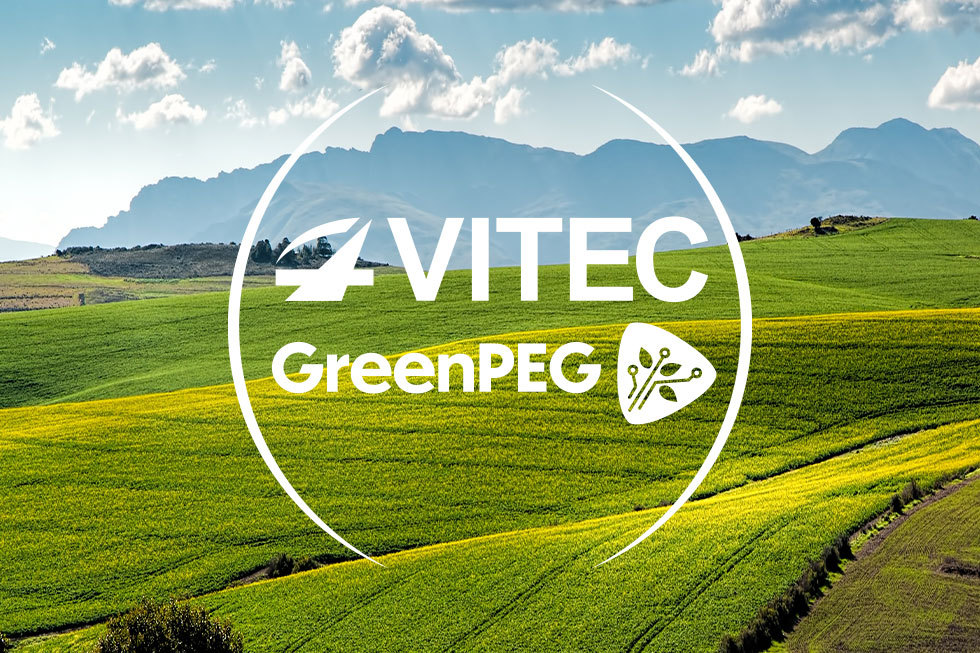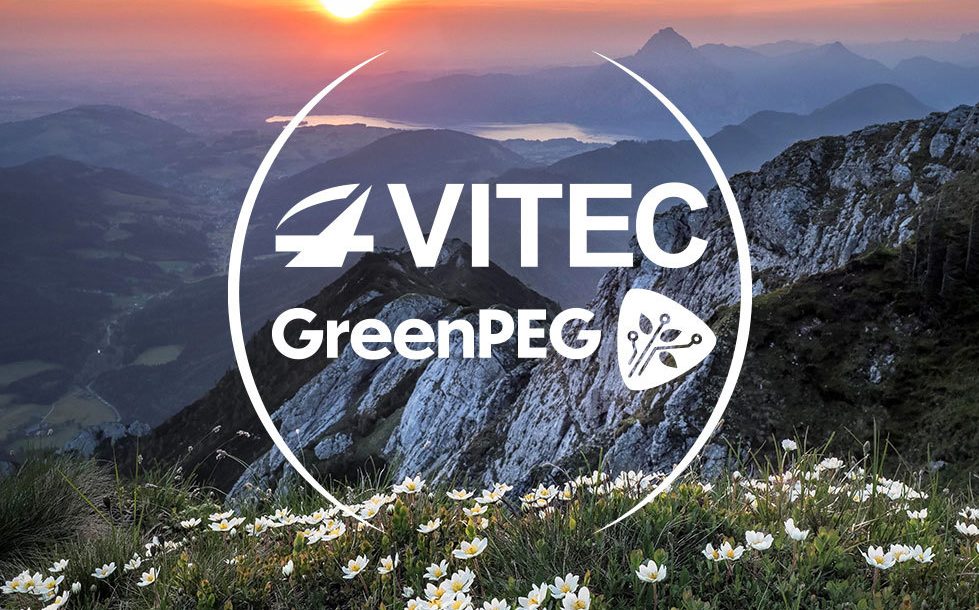![philippe_wetzel_vitec_ceo[1]](https://www.vitec.com/blog/wp-content/uploads/2021/10/philippe_wetzel_vitec_ceo1-e1635339984621.jpg)
Phillipe Wetzel, CEO of VITEC, a leading worldwide end-to-end streaming solutions provider for the private and public sectors, discusses the enterprise video streaming sector’s environmental impact and the benefits of cultivating carbon-neutral initiatives to comply with global regulatory objectives.
He describes how VITEC is taking action to improve technology resource consumption, changing the trajectory of its environmental footprint, to have a broader impact on employees, suppliers, and customers.
Q: Why is now a critical time for the enterprise video value-chain to examine operations and production flows from an environmental impact perspective?
Phillipe Wetzel:
Nearly 200 countries signed the Paris Agreement in 2015, an international treaty that set a global framework to mitigate the dangerous effects of climate change by limiting global temperature increases to 2°C, and preferably 1.5°C. The immediate challenge is to reduce GHG emissions by moving rapidly toward carbon neutrality, but it will not be easy.
In response to these initiatives, the video streaming sector will have to design products that utilize fewer raw materials, are lighter and easier to transport, consume less energy, and are easily recyclable. Adopting carbon-neutral energy strategies throughout the supply chain will be a necessary step forward.
In 2020, the signatory countries submitted a direction plan supporting efforts surrounding the impacts of climate change.
As a result, even more areas and companies around the globe have set carbon neutrality goals. Furthermore, the COVID-19 crisis has pushed companies and workforces alike to work remotely. This has significantly increased video consumption. In VITEC’s 2020 BTR-100 executive survey on video traffic and applications on enterprise networks, 93% of enterprise technology executives surveyed report that video traffic in their organization is growing because of end-user demand and has required capacity upgrades to their networks. Video streaming already represented more than 80% of internet traffic in 2020. The internet itself accounts for more than 2% of global warming — and the footprint is still growing. The impact of internet traffic on global climate change is on the same level as air travel and transportation.
As remote work continues, GHG emissions caused by streaming and video conferencing will continue to increase. The overall emissions impact is substantial when examining carbon footprints through a wider lens. It is time for companies to take the necessary measures to reduce the environmental impact of their video solutions before the effects are irreversible.
Q: How will companies benefit from lowering their environmental footprint of video deployment?
To achieve carbon neutrality, companies must account for many components of their footprint, with enterprise video being just one piece of the puzzle.
The easiest way for corporations to reduce their carbon footprint is to select suppliers with similar sustainability values, objectives, and initiatives. Offsetting emissions for video product or service offerings requires executives to consider the full lifecycle impact of their operations. These “scopes” — as defined by the Paris Accord — should account for all direct and indirect emissions. GHG emissions typically fall into three categories:
- Scope 1: Direct emissions from company-owned and controlled sources.
- Scope 2: Indirect emissions from the generation of purchased energy from a utility provider.
- Scope 3: Indirect emissions (not included in Scope 2) that occur in the value chain of the reporting company, including upstream and downstream emissions.
Business video streaming products and services are active across each of these scopes. Video is a unique medium in that its function is growing as more use cases arise. We are seeing more remote working scenarios — especially in the wake of the COVID-19 crisis — along with new communication vectors — like digital signage, social networking posts that use video and video-intensive collaboration tools.
In reducing the overall environmental footprint by purchasing carbon-neutral video solutions, we can all reduce the impact of this growing trend on the planet.
Q: What investments should corporations consider to reduce their environmental impact of video technologies as well as their consumption of video traffic?
MPEG is a well-known ISO standout for video compression streaming used for more than 30 years. Until a few years ago, it was the preferred medium for storing and transmitting video through corporate networks and the internet. This method, however, directly impacts the environment because the compression and transmission of data files uses a lot of power.
VITEC launched the GreenPEG initiative to optimize MPEG technology by addressing — and minimizing — the size, weight, and power of devices that contribute to energy consumption. Residual emissions are fully offset by the investment in approved and audited carbon reduction projects. GreenPEG products are carbon neutral and thoughtfully designed to be easily disassembled and recycled to reduce the environmental impact.
Many organizations cite financial concerns when considering investments in sustainability efforts. However, when examined closely, clean energy investments are often more economically efficient. Our GreenPEG products are specifically developed to decrease the energy emitted by-products and reduce steps and materials associated with their development, manufacture, and distribution.
The economic value of VITEC’s GreenPEG concept is further driven by the desire to create efficient environmentally sustainable operations. These initiatives provide additional benefits for VITEC and its partners to offset emissions costs associated with legacy video devices and equipment.
As governments worldwide mandate sustainability initiatives, GreenPEG will help VITEC — along with its customers and suppliers — avoid the risk of being excluded from government tenders.
Q: With the investment of the GreenPEG ™ initiative, what role does VITEC hope to play in the widespread environmental transformation of the tech industry?
As a digital video leader, VITEC is fully aware of its responsibility to help save the planet and lead by example. Last year, we equipped our main offices with photovoltaic panels and relocated our logistics center to minimize environmental impact. Most importantly, VITEC modified its entire product design process to consider ecological constraints to optimize the consumption of all our solutions.
In January 2021, VITEC announced it would invest in carbon reduction projects to retroactively offset all emissions since our foundation in 1988. This includes all direct and indirect emissions. Moving forward, VITEC will only develop GreenPEG-labeled solutions — and therefore, carbon-neutral solutions. When our customers buy a GreenPEG product from VITEC, we guarantee all carbon emissions are offset and accounted for.
VITEC has integrated GreenPEG into the development of our products, thereby making it easier for our partners and customers to invest in our environmental efforts toward carbon neutrality. In doing so, we hope to raise the bar for the entire industry. We are encouraging our suppliers — and competitors — to move in the same green direction and spread sustainability initiatives across the whole industry.




